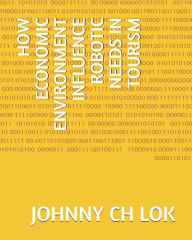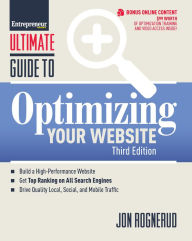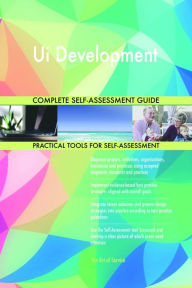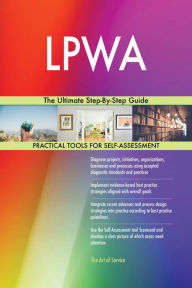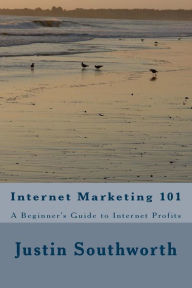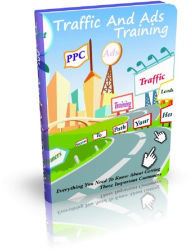HOW ECONOMIC ENVIRONMENT INFLUENCE ROBOTIC NEEDS IN TOURISM JOHNNY
by CH LOK
2020-05-26 16:52:24
HOW ECONOMIC ENVIRONMENT INFLUENCE ROBOTIC NEEDS IN TOURISM JOHNNY
by CH LOK
2020-05-26 16:52:24
Can apply (AI) big data gathering method predict senior age will be main travelling target? In the past, Germany government had established tourism survey analysis to analyze survey data in order to arrive at reliable conclusions on future trends in ...
Read more
Can apply (AI) big data gathering method predict senior age will be main travelling target? In the past, Germany government had established tourism survey analysis to analyze survey data in order to arrive at reliable conclusions on future trends in travel behavior. To aim to find how demographic change will influence the tourism market and how the industry can adapt to those changes. The travel analysis provided data on tourism consumer behavior, including attitudes, motives and intentions. Since, 1970 year, it is based on a random sample, representative for the population in private households aged 14 years or older. Then, a continuous high scientific standard combined with a national and international users makes the travel analysis a useful tool and reliable source for tourism industry and policy decisions. It aimed to gather statistical data. e.g. on the age structure and on demographic trends, quantitative and qualitative analysis with time series data from the travel analysis. It shows e.g. not only the future volume , quite different from today's seniors, or how who will travel of family holidays will change, e.g. single parents of low, but grandparents of growing significance for tourism. Demographic change is said to be one of the important drivers for new trends in consumer traveling change behavior in most European countries ( e.g. Lind 2001). Because the growing number of senior citizens in the European Union and other industrialized countries, such as the USA and Japan, looks to become one of the major marketing challenges for the tourism industry. United Nations statistics predict that the share of people being 60 age or older will grow dramatically in the coming future, and is expected to rise from 10 percent of the world population in 2000 year to more than 20 percent in 2050 year ( United Nations Population Division, 2001). From its statistic, some data showed that travel propensity increased throughout life until the age of about 50 years of age and was then kept stable until very late in life 75 age. The most important results is that the travel propensity when getting older is not going down between 65 and 75 age of course, the overall development of this variable is influenced by a lot of other factors which are responsible for quite a variation over time. It is now possible to suggest that the general pattern of travel propensity is one of the key indicators for holiday life cycle travel behavior, includes three stages. The growth stage tends to increase from early adult hood until 45 age old or when reaching some 80%. The next stage is stabilization from the ages of around 50 age, until 75 age old, starting with a lower increase. Finally, the decrease stage is a slight decrease occurs once people reach the more advanced age of 75 age to 85 age old ( Lohmann & Danielsson 2001).
Less


